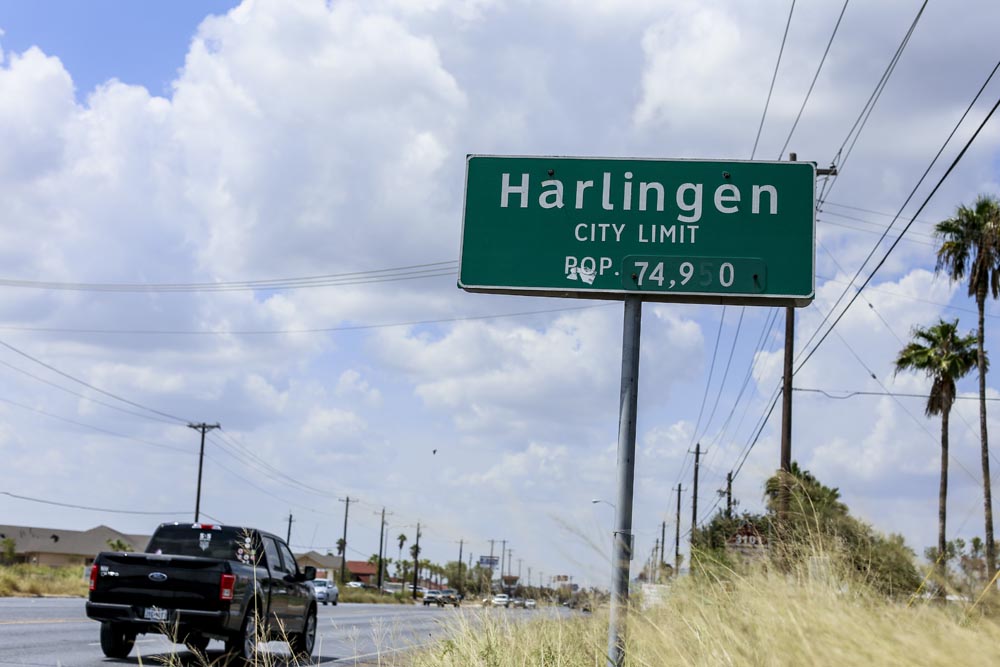|
Only have a minute? Listen instead
Getting your Trinity Audio player ready...
|
HARLINGEN — The city’s economic arm is launching a new strategic plan aimed at drawing businesses in industries including health care, manufacturing and logistics.
Orlando Campos, the Economic Development Corporation’s new chief executive officer, is unveiling the plan drafted during last summer’s meetings with Mayor Norma Sepulveda and city commissioners along with officials with Valley International Airport, the Port of Harlingen, the Harlingen Area Chamber of Commerce, Cameron Workforce Solutions and Texas State Technical College.
The EDC’s new three-year plan sets “strategic priorities” aimed at drawing new industry from 2024 to 2027, Campos said.
”The mission of the Harlingen Economic Development Corporation is to improve the quality of life of the citizens of Harlingen through the creation of wealth, jobs and investment,” the EDC’s mission statement reads.
“The vision of the Harlingen Economic Development Corporation is inclusive economic development for citizens of Harlingen,” the agency’s vision statement reads. “Inclusive economic development means giving all entities, individual or collective ventures, equitable opportunities to succeed and to profit.”
During the two-day brainstorming sessions, officials set out to build up their pool of international partners, work with developers and contractors, expand the city’s small business and the retail sectors and create a “technology hub.”
Discussions led officials to plan to leverage the city’s strengths, including Harlingen’s central location in the Rio Grande Valley, Valley International Airport, the Port of Harlingen, the Free Trade Bridge at Los Indios, Texas State Technical College, the University of Texas-Rio Grande Valley, Valley Baptist Medical Center and Harlingen Medical Center.
But officials are facing challenges stemming from the city’s weaknesses including budgetary constraints, limited international partners, small industry and retail bases, an unskilled labor force, low wages and the absence of a four-year university.
Officials are also planning to focus on developing opportunities based on the city’s young workforce, the expansion of SpaceX and the area’s aerospace industry along with the city’s growing hotel industry.
During discussions, officials also outlined the city’s disadvantages, including competition from McAllen and Brownsville, with their bigger budgets and population bases; limited infrastructure including water and sewer systems, roads and technology; an unskilled labor force; and low housing stock.
As part of the strategic plan, city leaders set six goals aimed at drawing U.S.-based and international business while developing a skilled workforce.
The plan’s first goal focuses on “developing an aggressive business attraction and retention strategy” through U.S. and international business recruitment along with expansion of the city’s retail and commercial sectors.
Meanwhile, the plan’s second goal calls for development of a skilled workforce through partnerships with Workforce Solutions along with Texas State Technical College and universities.
Under the third goal, officials are planning to build an “entrepreneurship-innovation hub” aimed at helping residents start their own businesses.
As part of the fourth goal, officials are calling on the EDC to “support infrastructure for local industry,” pin-pointing transportation routes to boost industrial development.
Pushing to help the Port of Harlingen expand its capacity and upgrade its railway, officials are also planning to help Valley International Airport build up its air service while working with Cameron County to promote the Free Trade Bridge at Los Indios to boost international cargo traffic.
The plan’s fifth goal calls for the development of a marketing campaign aimed at “elevating Harlingen locally, nationally and internationally.”
Under its sixth goal, the EDC is working to turn the agency into “a model for economic development,” planning to further train its staff.





